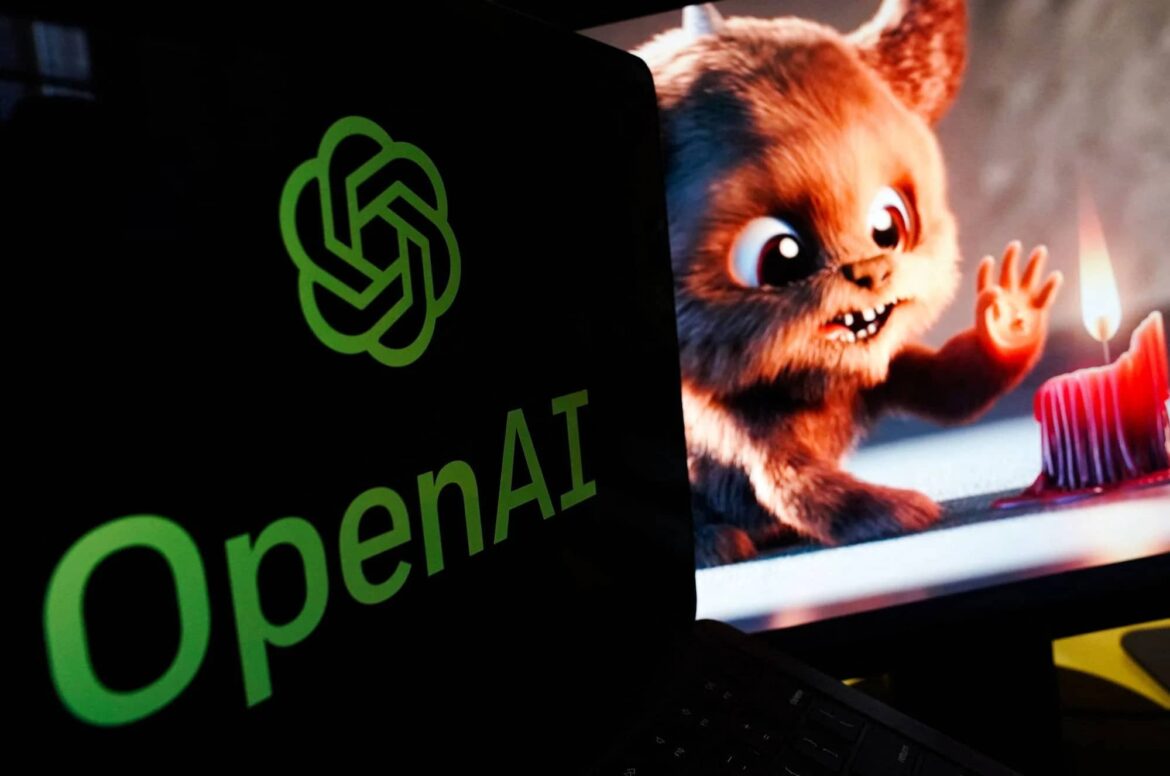777
Sora from Open AI brings groundbreaking new possibilities. The procedure is easy to explain
How to generate videos with Sora from Open AI
There are now many artificial intelligences – ChatGPT, Dall-E, Midjourney, Stable Diffusion and many more. They all work with prompts, i.e. short text inputs, and then generate either a text, an image, speech or something else on the basis of these prompts. Sora is already taking the next step.
- With Sora from Open AI, you can generate a complex, high-resolution and realistic video with a simple prompt.
- Describe simply, briefly and precisely what you have in mind and the program will do the rest.
- For example: “Cowboy on a white horse riding through a deserted western town” or “small child playing in a sandpit with a digger” or “school of fish swimming through turquoise water”.
- Give all the details you want to appear in your video concisely and precisely and let Sora surprise you with what it generates for you.
How artificial intelligence works
It may seem like magic to you, or as if artificial intelligence like ChatGPT or Sora already has its own consciousness, but neither is the case. The truth is that highly complex algorithms and gigantic data sets are behind it.
- When an artificial intelligence generates a text, an image or a video, a complex process is set in motion in the background.
- First of all, the AI was trained with a huge set of data. ChatGPT, for example, which can be used to write texts, has read an incredible number of texts and analyzed them for patterns. This is also known as machine learning.
- When a user enters a prompt, the AI searches its data for possible matches. These hits are then sorted according to the probability of the correct result and the best result is selected.
- The procedure is somewhat similar to the human brain – which is why the system behind it is also called a “neural network”.
- The AI therefore has no consciousness of its own, but acts according to patterns, consistency and probability.
